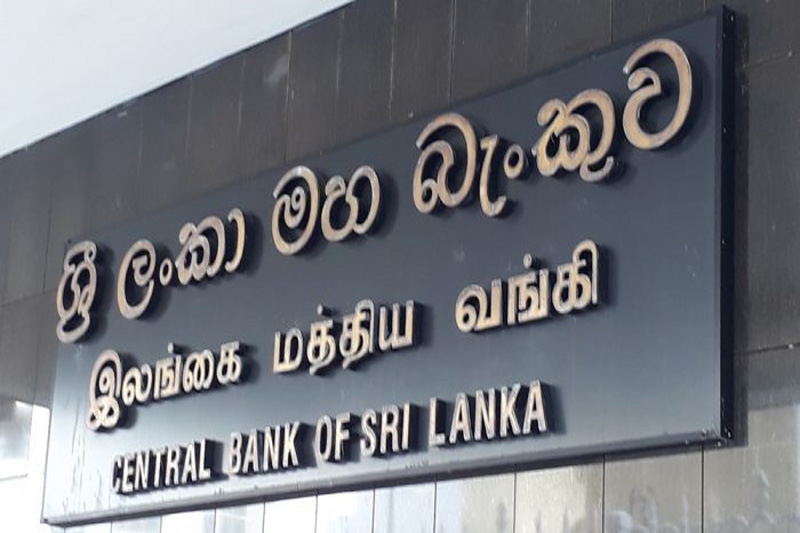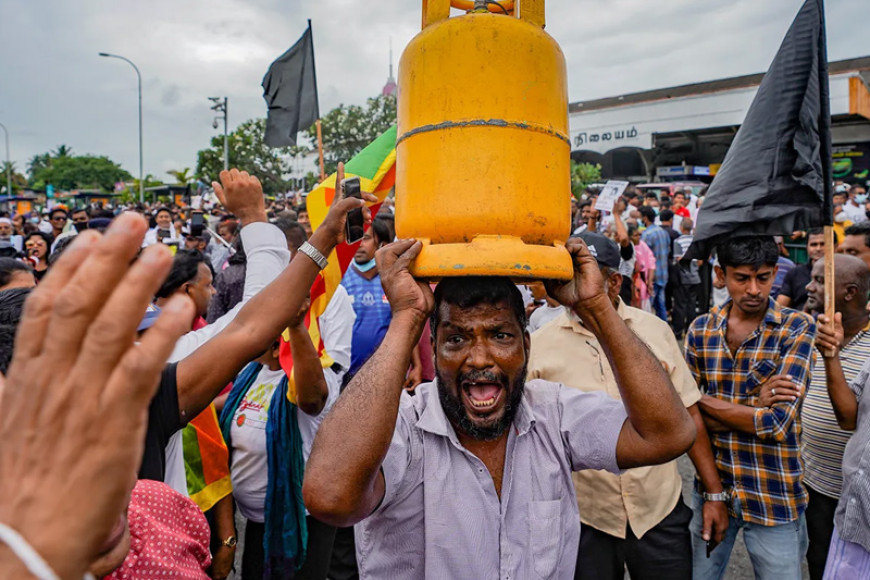Sri Lanka's repeated recourse to the IMF indicates poor economic management. Despite understanding economics, the country suffers from a political economy without a unified vision for progress.
The "Regaining Sri Lanka" document from 22 years ago remains relevant. Successful nations, like Singapore, prioritize economic compromise.
The island nation has never attracted more than US $2 billion in Foreign Direct Investment annually. To progress, the country needs to rethink its economic indicators and focus on creating employment rather than just providing jobs.
The government aims to maintain inflation at targeted level of 5% over medium term and boost economic recovery
CB Chief DNandalal Weerasinghe expresses confidence in lowering interest rates to fuel economic revival saying sufficient buffers available compared to targets agreed with IMF
He anticipated robust real GDP growth in Q2 2024 as well attributing to positive economic growth in 1Q
The Central Bank expects external sector to remain resilient with surplus in current account balance but expanded merchandise trade deficit

Sri Lanka's mounting foreign debt is exacerbated by a temporary suspension of debt servicing, despite a recent agreement to restructure its massive debt with external creditors.
The finance ministry's latest fiscal position report reveals an outstanding debt of US $8.6 billion over 24 months. From April 12, 2022, to April 30, 2024, unpaid debt amounted to $6,020 million, with unpaid interest during this period totaling $2,586 million.
K. M. Mahinda Siriwardena, Secretary to the Ministry of Finance, presented the midyear fiscal performance report to Parliament, in line with Article 10 of the Fiscal Management (Responsibility) Act No. 3 of 2003. This report aims to provide updated information on the government's fiscal activities, a key objective of the fiscal policy.
For 2024, Parliament approved a total gross borrowing limit of Rs. 7,350 billion, which includes provisions for external debt restructuring and bank recapitalization. From January 1 to April 30, 2024, the government utilized Rs. 796.5 billion in borrowings, with Rs. 734.2 billion coming from domestic sources and Rs. 62.3 billion from foreign project/programme borrowings to finance debt service payments and development projects.
During this period, domestic borrowings accounted for approximately 92.2% of total borrowings. Treasury Bonds and Treasury Bills were the primary sources, with Treasury Bonds comprising 98.5% of domestic borrowings.
The Sri Lankan government announced debt restructuring agreements with commercial creditors holding its International Sovereign Bonds (ISBs), following deals with key bilateral lenders. By the end of 2023, ISBs made up $12.5 billion of Sri Lanka's $37 billion external debt.
The restructuring involves a 28% nominal reduction on the bonds' principal, including Macro-Linked Bonds tied to economic growth and a possible governance-linked bond. This agreement emerged from discussions with the Ad-Hoc Group (AHG), which controls 50% of ISBs held by foreign entities.

Sri Lanka is one of the first countries to use the IMF's new Debt Sustainability Analysis (DSA) framework, aiming to reduce the Public Debt to GDP ratio from 128% in 2022 to below 95% by 2032, and foreign currency debt service from 9.2% of GDP in 2022 to under 4.5% during 2027-2032. Economists suggest using Unconventional Monetary Policy (UMP) measures to resolve debt crises, which are more effective than conventional policy rate cuts during crises.
UMP measures, used extensively by Japan, Europe, and the U.S., involve expanding the central bank’s balance sheet by increasing "base money." One group of economists proposes expanding base money until no “credit money” is created, making money creation a government responsibility under a monetary rule. Another group supports a hybrid system, recognizing the systemic deficit in the economic system.
UMP measures can include Asset Purchase Programs or money printing under a monetary rule.
Sri Lanka can utilize UMP measures to address its severe debt crisis if supported by increased dollar reserves and macroprudential policy tools to manage overall money growth.
Currently, 78% to 80% of government revenue is used for interest payments, which needs to be reduced not by increasing taxes but by innovative monetary policies supported by sound theory.
Sri Lanka formalized a provisional agreement with bilateral creditors led by Japan and India. The Official Creditor Committee (OCC), led by Japan, France, and India, covers about $5.9 billion of Sri Lanka's $37 billion external debt. The Export-Import Bank of China (EXIM) covers about $4 billion of outstanding debt. Among bilateral creditors, Sri Lanka owes China $4.7 billion, India $1.74 billion, and Japan $2.68 billion. China,
Sri Lanka's largest bilateral lender, is not an OCC member. Commercial loans, including sovereign bonds, account for $14.73 billion of the debt.
An IMF bailout program of $2.9 billion secured in March last year helped stabilize economic conditions. The IMF urges swift finalization of Sri Lanka's Memorandum of Understanding (MoU) with the OCC and agreements with the Export-Import Bank of China to make its debt sustainable and reduce it to 95% of GDP by 2032.
In April, Sri Lanka rejected an initial bondholder proposal to restructure over $12 billion in debt. Formal negotiations with international private creditors are set to resume after bondholders signed non-disclosure agreements. Sri Lanka owes $6.2 billion to the ADB and $4.3 billion to the World Bank but is not restructuring multilateral debt.
Debt restructuring is crucial for Sri Lanka to achieve a 2.3% primary budget surplus by 2025, a key fiscal target set by the IMF. Upon completing debt restructuring, Sri Lanka hopes to reduce its overall debt by $16.9 billion.

Under a domestic debt restructuring program announced in June last year, Sri Lanka accepted offers to exchange about $10 billion of defaulted local debt for new bonds, facilitating negotiations with bondholders and bilateral creditors. The finance ministry reported that 3.2 trillion rupees ($9.91 billion) of the 8.7 trillion rupees in bonds eligible for exchange were accepted



